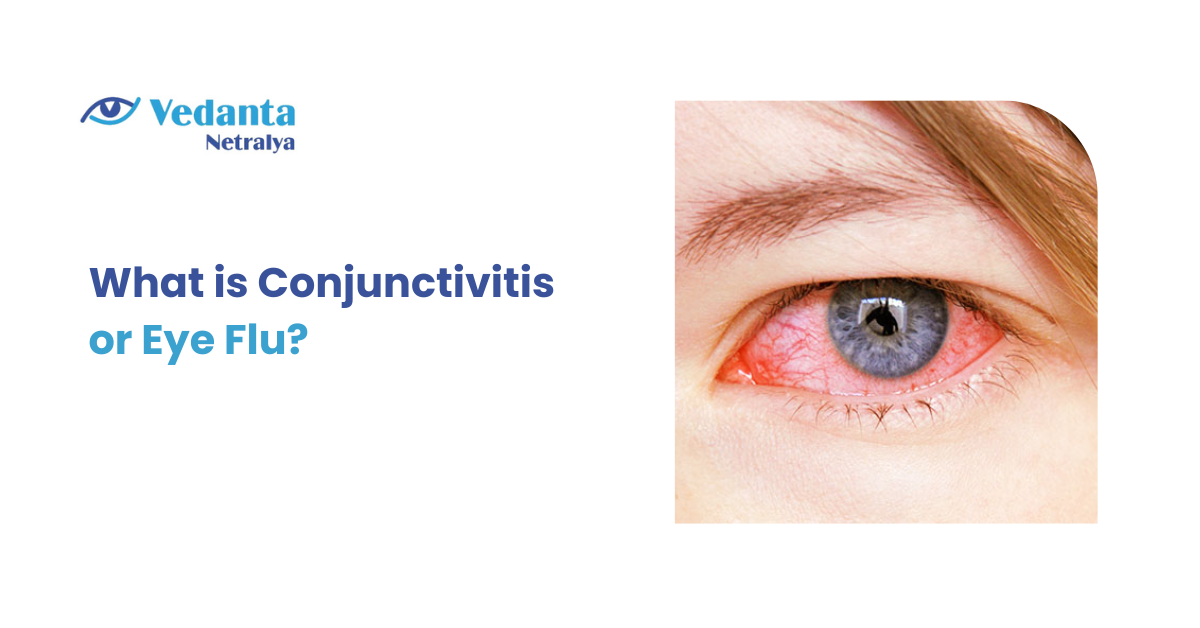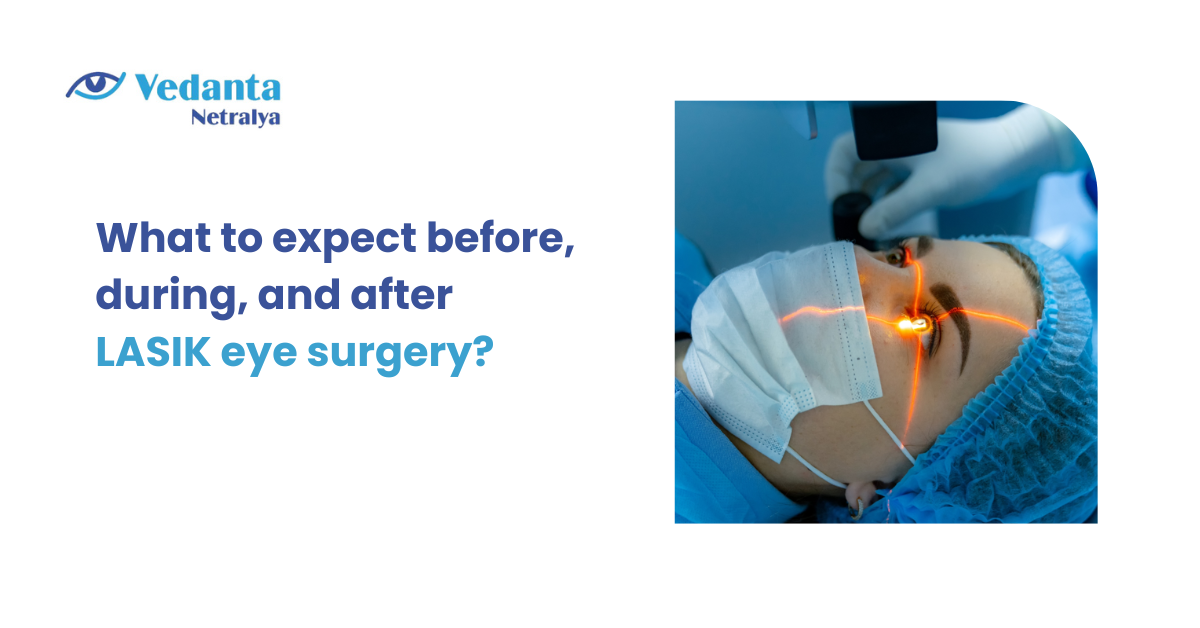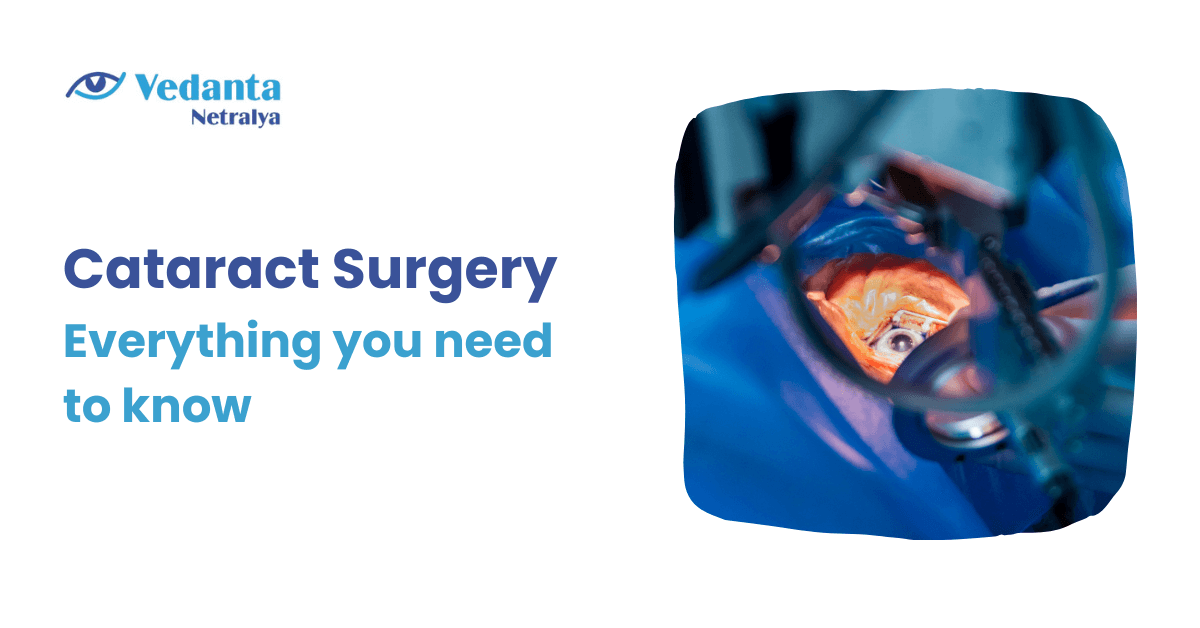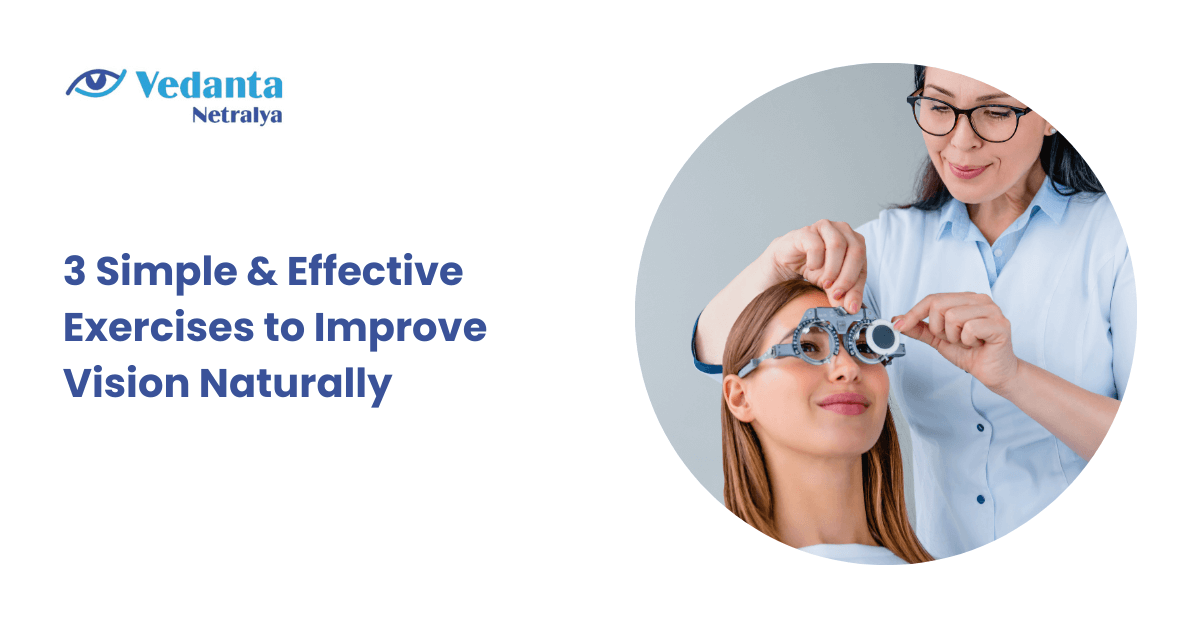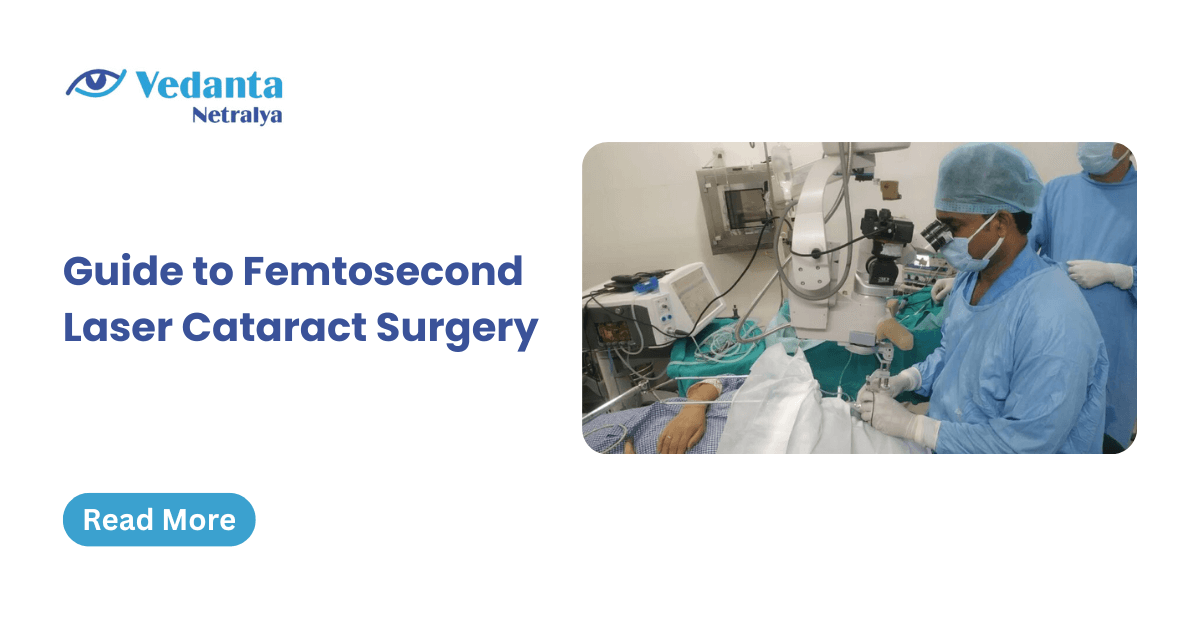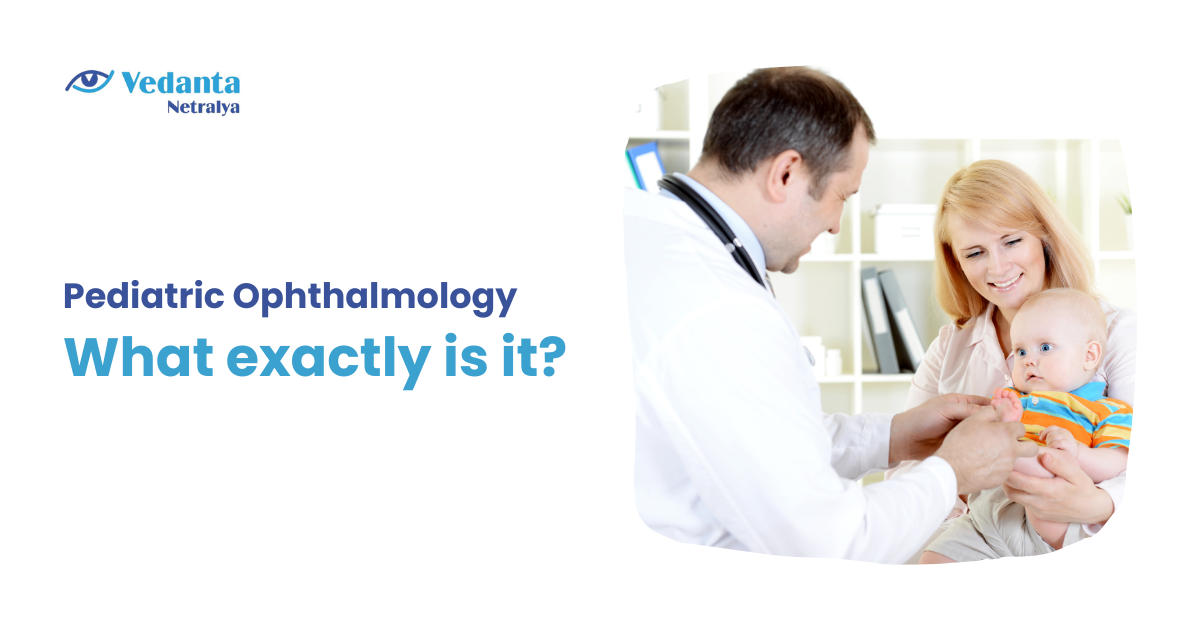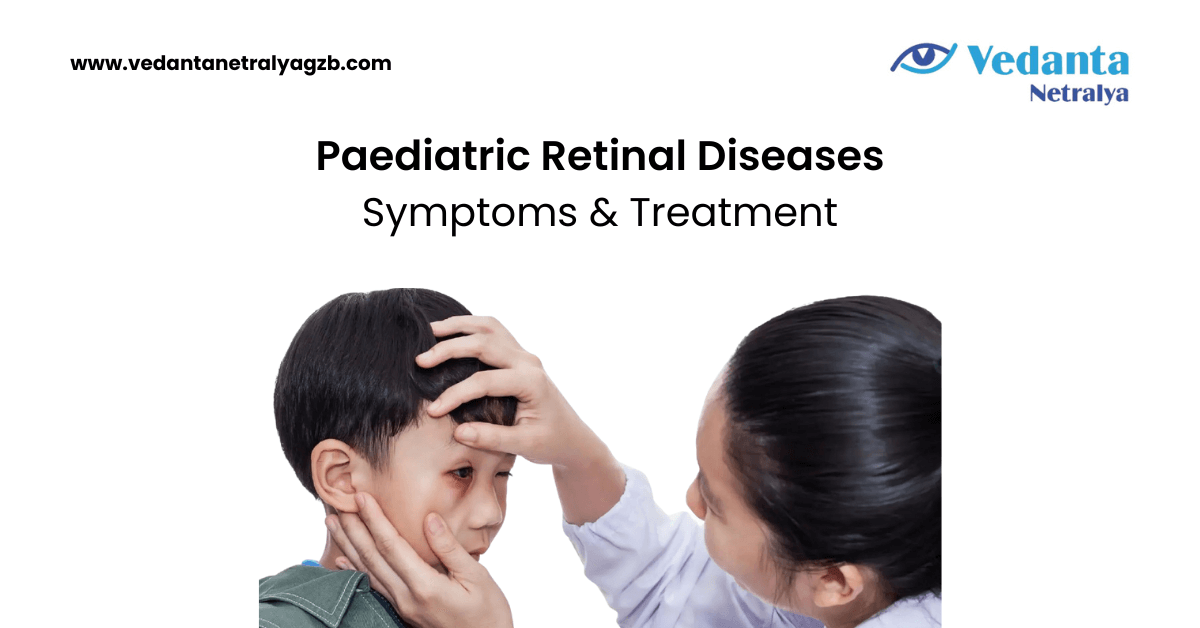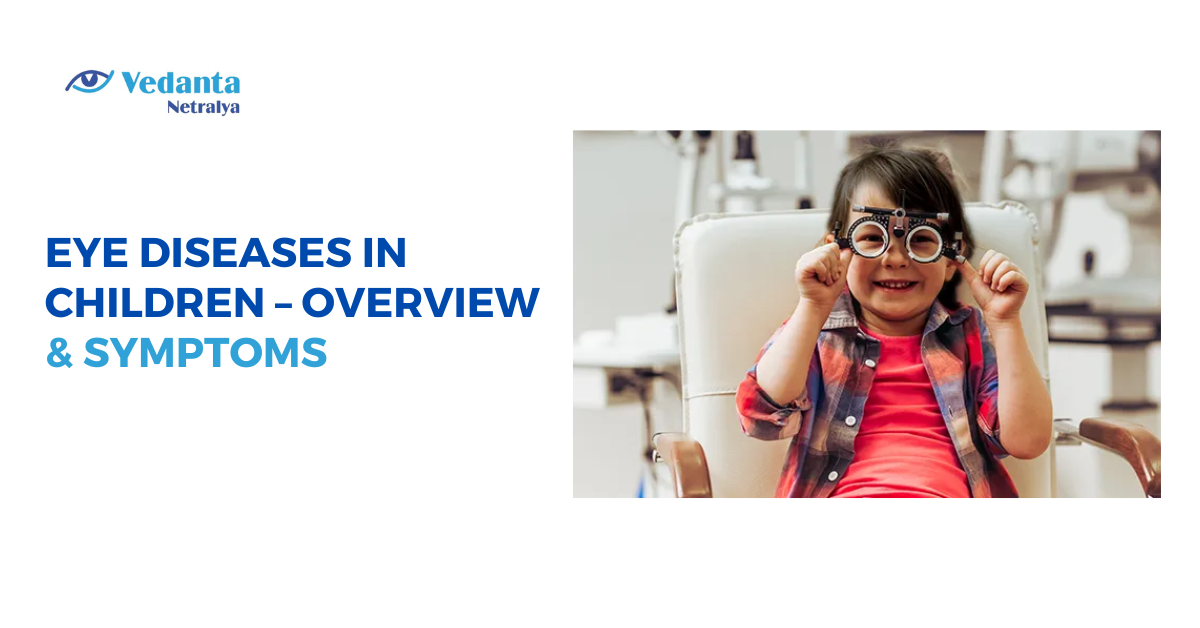
Many disorders and ailments might impact a child’s eyesight. Your kid’s pediatrician can send you to a pediatric ophthalmologist for further evaluation and diagnosis if he or she detects an eye issue or if the child does not pass a vision screening.
To avoid permanent vision loss, early diagnosis and treatment are crucial. Check out the symptoms and potential treatments for some of the most typical eye diseases and conditions below.
| Condition | Description and Signs to Look Out For | Diagnosis and Treatment |
| Refractive ErrorsAstigmatism (abnormally bent cornea), Myopia (short-sightedness), and Hyperopia (far-sightedness) are the three most prevalent refractive abnormalities in children |
Causes of hazy vision, these problems prevent light from hitting the retina where it should. ● Often lowering or raising the head ● When kids engage in visually taxing activities, they may experience headaches or eye strain. ● Bringing reading materials (paper or electronic) very near to the eyes ● Proximity to a screen, whether on a computer or TV | The blurriness of distant or nearby objects can be corrected by glasses. Once a child is diagnosed as short-sighted or far-sighted, it is quite rare for them to outgrow it. When the time is right, contacts can be worn. |
| Amblyopia Amblyopia, or lazy eye, is a condition in which one eye has poorer vision than the other and does not develop to its full potential. |
Problems with reading, mathematics, or physical activitiesFocusing and paying attention are problematic.Habitually covering one eye, wiping eyes frequently,Tilting the headSquinting | Diagnosing amblyopia can be challenging because the youngster may be using their good eye to compensate for their impaired vision. Surgery is often the treatment of choice if it is severe. |
| Misaligned eyes (strabismus) occurs when the eyes are not able to coordinate their movements to form a single image. |
When one eye looks in, up, down, or out. The inability of the ocular muscles to coordinate properly causes this. ● Anxiety ● Dizziness ● See double ● Fatigue ● Headache ● Sensitivity to light ● Sickness from Travelling ● Stress |
Glasses, patches or surgery, depending on the cause for the misalignment. |
| Pediatric Cataracts Cataracts aren’t just a problem for adults, though. Cataracts result from lens clouding. Cataracts affect about 3 of every 10,000 children. |
Clouding of the normally transparent lens in one or both eyes is what causes cataracts. Depending on its location and severity, a cataract may cause visual impairment. | Cataracts can usually only be treated by surgical removal. Infant and childhood cataracts are extremely unusual and unrelated to cataracts in adults. |
| Swollen eyelids (blepharitis) | Swollen eyelids result due to inflammation in the oily glands of the eyelid causing crusting of the eyelashes. | Warm compresses and Antibiotics if there’s an infection. |
Also read: What is Conjunctivitis or Eye Flu?
Conclusion
Pediatric eye problems should be taken care of to help in the normal growth of a child. If your child has been diagnosed with one of the diseases listed above, your eye doctor will likely suggest a course of vision rehabilitation. Visit Vedanta Netralaya for the best Pediatric Eye Care for your child.

